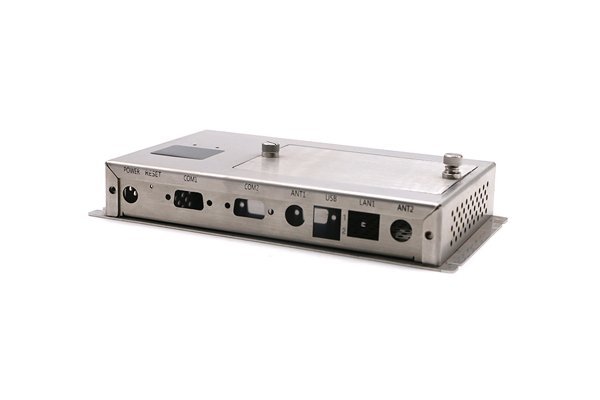Did you know that even a slight deviation in the positioning accuracy of a CNC (Computer Numerical Control) machine can result in significant production errors, costing manufacturers time and money? According to industry reports, inaccuracies in machining can lead to losses of up to 20% in manufacturing efficiency. Given the increasing complexity of modern machining processes, ensuring transmission accuracy and efficiency is more critical than ever for fabricators looking to stay competitive.
The Importance of Transmission Accuracy in CNC Machining
CNC machining is a highly automated manufacturing process that relies on precise movements of tools and materials based on computer-generated designs. Transmission accuracy refers to how effectively a machine reproduces the digital commands sent by controllers to the machine components. Any errors during this transmission can lead to part misalignment, dimensional inaccuracies, or even machine crashes. Thus, it’s imperative for manufacturers to invest in techniques and technologies that enhance transmission accuracy.
Common Challenges in CNC Machining Transmission Accuracy
Understanding the factors that influence CNC machining transmission accuracy is crucial for implementing effective solutions. Here are some common challenges faced in the industry:
Solutions for Enhancing Transmission Accuracy and Efficiency
To tackle these challenges, manufacturers can deploy a range of strategies and technologies aimed at improving both transmission accuracy and overall machining efficiency.
The first step in ensuring transmission accuracy is to establish a rigorous maintenance routine. Regular mechanical inspections help to identify worn components early on. Scheduling maintenance checks for:
can prolong the lifespan of machinery and enhance accuracy. Professional technicians should evaluate alignment, lubrication, and tension to prevent future discrepancies.
Calibrating CNC machinery after maintenance or every few months helps correct any deviations that may have occurred. Key calibration steps include:
Performing these calibrations routinely can mitigate errors and sustain machine performance over time.
Investing in advanced CNC software that utilizes AI and machine learning can improve transmission accuracy. A few ways in which software can aid precision include:

To reduce dynamic loads and vibrations, manufacturers can incorporate vibration-damping technologies such as:
Employing these solutions enables continuous operation without interruptions caused by unanticipated vibrations.
Regulating the factory environment can significantly impact the accuracy of CNC machining. Steps include:
A clean, temperature-stable environment leads to enhanced transmission accuracy and performance.
Choosing the right tools for the specific material being machined is critical. Using specialized CNC cutting tools designed specifically for different materials enhances the machining accuracy. Proper tool management includes:
Finally, investing in workforce training is integral to maintaining transmission accuracy. Ensuring operators understand:
A skilled workforce that understands the intricacies of CNC machinery plays a vital role in ensuring the longevity and efficiency of operations.
In conclusion, ensuring transmission accuracy and efficiency in CNC machining is essential for maintaining competitiveness in today’s fast-paced manufacturing environment. By focusing on regular maintenance, machine calibration, advanced software solutions, vibration control, environmental regulation, appropriate tool selection, and workforce training, manufacturers can achieve remarkable improvements in production quality and efficiency.
As the CNC machining landscape continues to evolve with technological advancements, the importance of maintaining high levels of transmission accuracy cannot be overstated. Investing in these practices not only reduces errors and wastage but also prepares manufacturers for future challenges in a world where precision is paramount. It’s worth considering how these improvements could optimize your manufacturing processes for improved performance and profitability in the long run.






